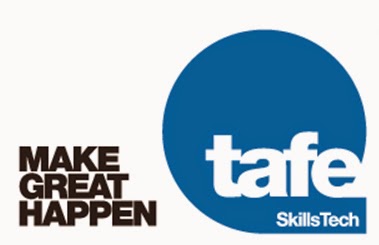What would have been unheard of just a few years ago now has all three major CSG proponents discussing gas sharing arrangements. This business collaboration has been established through the necessity of each operator to run their coal seam gas (CSG) to liquefied natural gas (LNG) conversion plants or ‘trains’ at optimum efficiency. QGC - a BG Group Business, SANTOS GLNG and APLNG are now working towards the construction of three separate CSG to LNG conversion trains on Curtis Island which is located off Gladstone in Central Queensland. In some cases the plants are only hundreds of metres apart from each other.
The potential risk exists for any operators, to not have enough gas to run their ‘trains’ at peak efficiency and therefore sustain major project losses. This new cooperative approach allows proponents to swap, buy and sell gas between each player. Each operator will be highly reliant on the accuracy of instruments like large scale flow metering and real-time gas chromatographs to determine the ‘custodial transfer’ of the product.
Arrow Energy Ltd, owners Shell and Petrochemical Corp (Sinopec Group), stated position is that they may delay any final investment decision (FID) on moving forward with the Arrow LNG venture until 2014 amid rising costs in Australia and that it was still considering plans to combine its Arrow gas resources with other third parties.
Collaboration such as this is echoed by Climate Institute chief executive John Connor, ’…if Australia improved its energy efficiency by just 1 per cent each year, it would generate an additional $8 billion in gross domestic product (GDP) by the end of the decade, and $26 billion by 2030….(1)
At a combined cost of some $60 million AUD, this new collaborative approach is sure to bring increased efficiencies to the CSG/LNG space. These mutually beneficial arrangements point to a new level of collaboration, cooperation and maturity previously not seen in the CSG sector.
For more information please email Garry Hargreaves at garry.hargreaves@tafe.qld.edu.au
The potential risk exists for any operators, to not have enough gas to run their ‘trains’ at peak efficiency and therefore sustain major project losses. This new cooperative approach allows proponents to swap, buy and sell gas between each player. Each operator will be highly reliant on the accuracy of instruments like large scale flow metering and real-time gas chromatographs to determine the ‘custodial transfer’ of the product.
Arrow Energy Ltd, owners Shell and Petrochemical Corp (Sinopec Group), stated position is that they may delay any final investment decision (FID) on moving forward with the Arrow LNG venture until 2014 amid rising costs in Australia and that it was still considering plans to combine its Arrow gas resources with other third parties.
Collaboration such as this is echoed by Climate Institute chief executive John Connor, ’…if Australia improved its energy efficiency by just 1 per cent each year, it would generate an additional $8 billion in gross domestic product (GDP) by the end of the decade, and $26 billion by 2030….(1)
At a combined cost of some $60 million AUD, this new collaborative approach is sure to bring increased efficiencies to the CSG/LNG space. These mutually beneficial arrangements point to a new level of collaboration, cooperation and maturity previously not seen in the CSG sector.
For more information please email Garry Hargreaves at garry.hargreaves@tafe.qld.edu.au
To read more, see below: http://finance.ninemsn.com.au/newsbusiness/motley/8685337/santos-and-bg-groups-gas-deal http://www.news-mail.com.au/news/gas-companies-to-team-up/1891766/ http://www.reuters.com/article/2013/07/04/australia-lng-santos-bg-idUSL3N0FA0TO20130704 http://www.bloomberg.com/news/2013-02-22/origin-open-to-deal-with-competitor-in-queensland-s-lng-industry.html
(1) August “the Australian Oil & Gas Review” p1.













0 comments:
Post a Comment